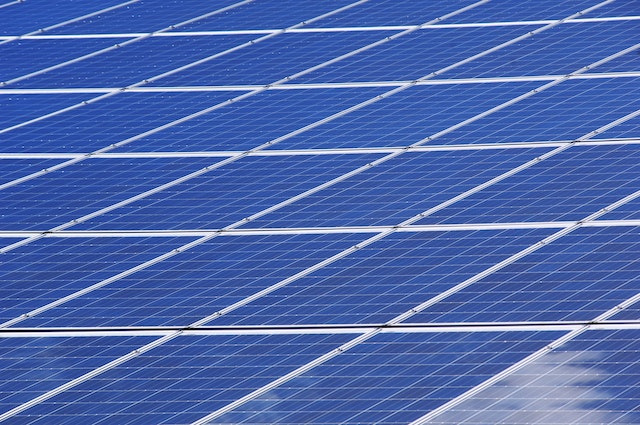
Can we cover the Sahara Desert in solar panels? Technically, yes. Practically, no.
The Sahara Desert is the largest hot desert in the world. It covers 9.2 million km2, which would make it the fifth largest country in the world, if it were a country. It is one of the most exposed areas on Earth and is so reflective that it could probably be seen from distant space. Because of the climate, there are almost no clouds over the Sahara and most of it gets 3,600 hours of bright sunshine every year. A wide area in the eastern part of the desert gets 4000 hours of bright sunshine.
So, can we cover the Sahara Desert in solar panels? Sunlight is made up of infrared light, visible light, and ultraviolet light. All of these are electromagnetic radiation and carry energy. The amount of energy in that light that falls on a square meter of Earth in a second is called the solar constant. It is 1370 watts per square meter. The annual global energy consumption is roughly 23,900 terawatts. Every day, 346,000 terawatts of power hit the Sahara Desert as sunlight. If we assume that any solar panels placed there would be able to get 3,600 hours of sunshine a year, then 335 km2 of solar panels in the Sahara Desert would be able to produce enough electricity to power the Earth.
So, why don’t we cover the Sahara Desert with solar panels? There are a few problems that need to be considered. The first is that the power generated would have to be transmitted to every country on Earth. That would require some extremely long powerlines. The current longest powerline in the world is the 2,543 km long line in Brazil. The technology to make longer lines is available and there would be minimal loss, but the lines would have to cross multiple countries. Who would be responsible for repairs and upkeep? In an ideal world, power would be freely sent all over the world, but we are not yet in an ideal world and there are still wars. If all of the world’s power is generated in only one place, it would be too easy for a country to shut the power down. That is happening now with the war in Ukraine and Russia’s ability to shut down natural gas lines. I don’t think a country like America would agree to having all of its power come from the Sahara Desert.
The next problem would be the setting up of the infrastructure. Who would pay? Would countries pay depending on the amount of power they used? Ideally, the world would come together and see that a program like this would be good for the world as a whole, but politicians don’t tend to think about the long term good of the planet. They don’t want to do something that will only have good results we can see in 50 years because it won’t help them get elected.
So, what is the biggest problem with covering the Sahara Desert in solar panels? It is actually the climate. Because of its light sandy surface, the Sahara Desert is incredibly reflective and the majority of the sunlight that hits it is reflected away. Solar panels are not reflective. Reflective solar panels would not work. Solar panels work by absorbing the sunlight and turning it into electricity. No solar panel is 100% efficient. The best solar panels are made of single-crystalline cells and they are about 27% efficient. The energy that they don’t use, they release as heat energy. That is no problem if we are just talking about some solar panels on your roof, but if we are talking about a large percentage of the Sahara Desert, that is a staggering amount of heat being released. This heat would create a very high surface temperature that would alter the pressure above the desert and the convection currents would change. The rainy weather that avoids the Sahara Desert would start to appear overhead and the desert would slowly stop being a desert. The solar panels would stop being as effective.
So, can we cover the Sahara Desert in solar panels? Yes, we could, theoretically, but it wouldn’t be practical. A far better option would be to put a smaller number of solar panels in sunny places all over the world. It is possible for every country to make enough electricity from solar panels to meet their energy needs. And if more research money is funneled into the technology, it will become more advanced and far more efficient. And this is what I learned today.
Sources
https://www.azom.com/article.aspx?ArticleID=18258
https://www.theworldcounts.com/challenges/climate-change/energy/global-energy-consumption
https://www.sws.bom.gov.au/Educational/2/1/12#:~:text=The%20power%20of%20the%20Sun,(W%2Fm2).
https://en.wikipedia.org/wiki/Sahara
https://www.greenmatch.co.uk/blog/2014/11/how-efficient-are-solar-panels
http://large.stanford.edu/courses/2017/ph240/afshar2/
